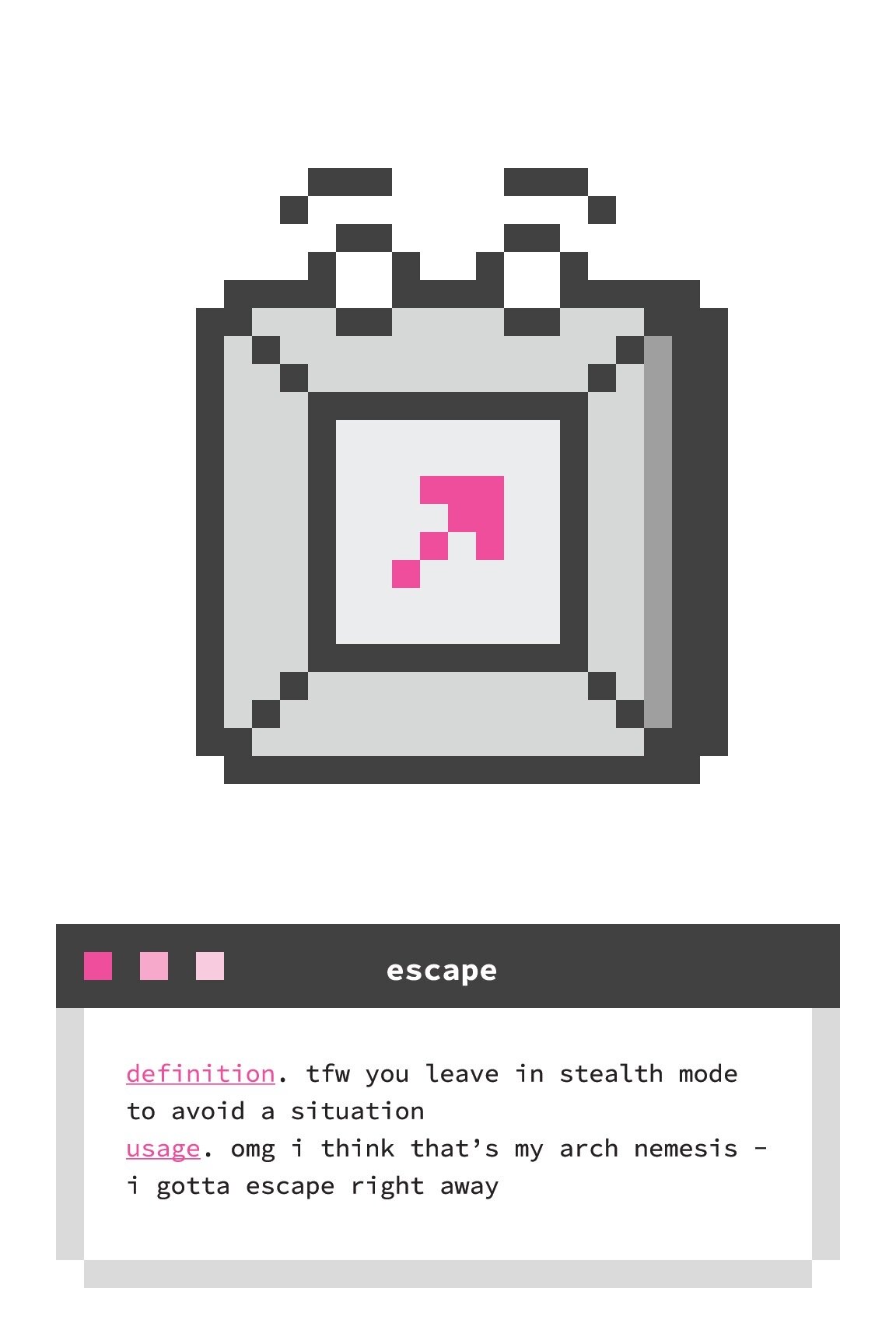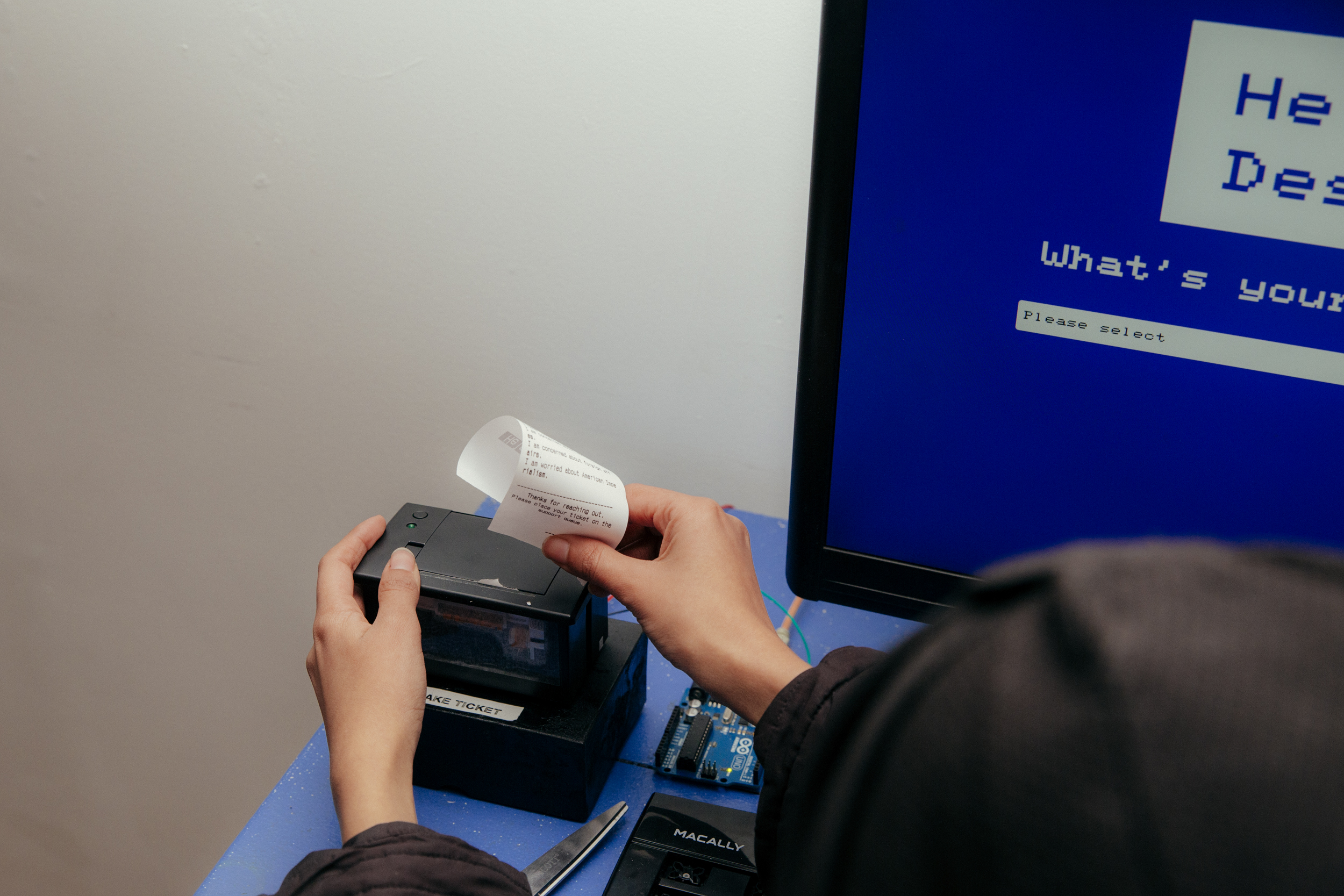Projects by Bandwidth Care
“Towards the Love of Missing Out”
Location: 2022 Biennial Symposium at Ammerman Center - Connecticut College - November 6-13, 2022
Exploration: Bandwidth Care collaborator, Centre for Emotional Materiality (CEM) presents “Towards the Love of Missing Out (LOMO)” a three-part activation that includes a workshop, keynote presentation, and live participatory performance. Our three-part keynote activation guides participants in a careful intellectual, somatic, and emotional waltz from FOMO to LOMO.
TFW Zine
Location: Tiny Tech Zine
Collaborators: Elizabeth Lin
Exploration: TFW: Tech Feeling When is a glossary of tech words used in IRL. The zine defines and animates tech lingo that is increasingly used to make sense of everyday interactions.
Kinfolk Movement Studies
Location: Movement Research, BAX
Collaborators: Malcolm-x Betts , Rigoberto Lara Guzmán, Nile Harris, BriFrei, Jean Sonderand, Tim Burcham
Technology: Python, C++
Exploration: Bandwidth Care works in collaboration with Malcolm-x Betts. Our studio practice integrates improvisational dance, creative writing, critical theory, and technology. As a collective, we focus on care, communion, and joy — in opposition to the violence of white supremacy. Computer programs are not used in our dances to detect movement or surveil bodies. Rather, coding is used by and for our collective to reveal, decode, and interpret tender, imaginative moments that can’t be seen with the naked eye.
Help Desk
Materials: Python, JavaScript, HTML, Thermal Printer, Arduino, and repurposed E-waste.
Location: School For Poetic Computation
Date: 11/10-11/11 2018
Exploration: Help Desk explores the connection between technical troubleshooting and psychotherapy. Visitors use the interface to unpack personal issues. After using the software to whittle down one specific struggle, users “submit” their issue. Help Desk then prints out “Support Tickets” that reflect the selected issues. Over time, these tickets get placed on the “Support Queue”, creating a bottleneck of real-life, real-time dilemmas. After submitting their own ticket, visitors not only have the chance to reflect on themselves, but can also take a moment to peruse other tickets—the emotional traces of past Help Desk users.

















